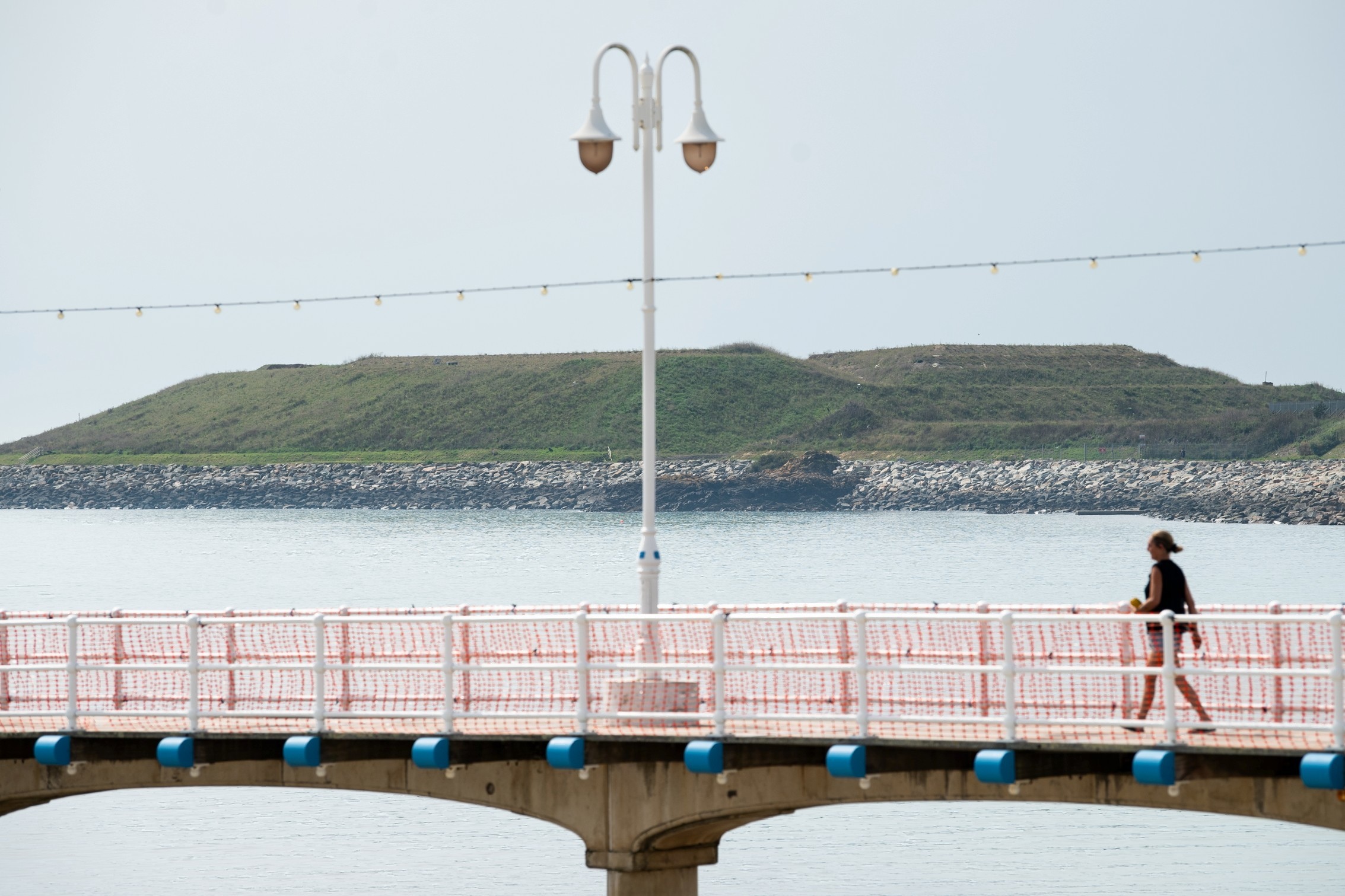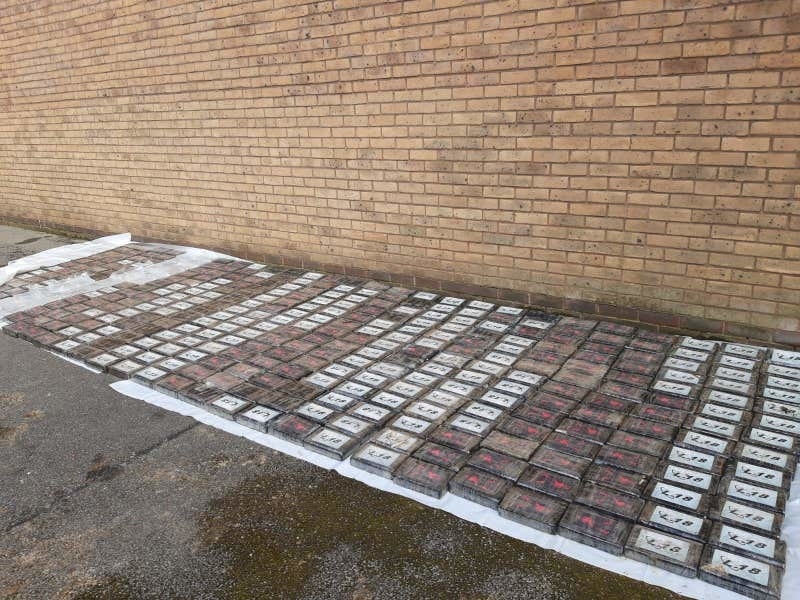LARGE ‘illegal’ mounds of contaminated waste – which have grown without planning permission – finally have official approval, two decades after they began to be formed.
On Thursday, the Planning Committee approved a retrospective application that sanctions the construction of a so-called ‘eastern headland’, which runs south of the incinerator and is clearly visible from Havre des Pas and Grève d’Azette.
The mounds contain around 400,000 tonnes of contaminated material, including asbestos and ash, which is mostly contained in lined cells that are ‘capped’ with topsoil.
The application also contained a ‘landscaping and restoration plan’ which proposes planting a ‘mosaic’ of vegetation including grasses, native trees such as oak, hawthorn and willow, and coastal scrub plants such as gorse and bramble.
The proposal includes the extension of the existing coastal path further around the headland, with an additional 565m of track being added before it ends at a gate restricting access to the waste operation to the west.
It is hoped the landscaped mounds will become a home to birds, bats, lizards and squirrels.
The retrospective application was called for by the Planning Committee in April, when it rejected a previous application from the Infrastructure Department, first submitted in 2016, which also requested permission to grow the mounds beyond their current height and create new ones around the waste-management site.
The committee then said it had insufficient information and the mounds would visually harm the skyline. Members voiced their ire that the headlands had been allowed to be formed without permission, with some branding them ‘illegal’.
The rejection prompted Infrastructure Minister Tom Binet to warn that the government-run site might have to close its gates to contaminated waste, which could shut down the construction industry. The committee later decided to defer its decision for six months, which gave Deputy Binet enough breathing space to split the previous application into a retrospective one and another to expand the mountain of rubbish.

That second application was submitted to Planning on Wednesday, with the details due to be published on the department’s website shortly.
However, Deputy Binet gave a good indication of what it will contain when he set out his ‘short-to-medium-term’ plan for La Collette which he sought – and received – political support for in July.
That proposition called on States Members to support the ‘eastern headland’ – which currently stands 17m above the top of the rocky perimeter breakwater – growing by another 4.5m in height. It also asked for approval for the creation of a new ‘southern headland’ and a ‘western headland’ close to the tanker berth.
If built, these new mounds of inert waste will not be higher than the eastern mound.
In arguing for retrospective approval yesterday, Infrastructure and Environment chief officer Andy Scate admitted that the department was ‘between a rock and a hard place’ in that there was no other hazardous waste site identified in the Bridging Island Plan, nor could the Island export hazardous material because it was bound by international convention.
He added that approval would ‘give clarity’ to the status of La Collette and ‘regularise what we have’.
He said that past States Assembly decisions – including the recent approval of the short-to-medium plan for the disposal of waste – provided a ‘policy context’ which added weight to the application.
Several people spoke against the granting of permission, including former Environment Minister John Young, who argued that the decision should be deferred until the second application could be properly analysed.
The co-ordinator of campaign group SOS Jersey, David Cabeldu, also called for a three-month delay, as well as judicial review into how the mounds were allowed to be built without planning permission.
However, the committee granted retrospective approval by five votes to two. In support, its chair, Constable Philip Le Sueur, said the new application – which was resubmitted after the committee rejected a previous version in April – contained significant improvements which would not have come about had the committee not taken a stand five months ago.
Vice-chair Deputy Steve Luce added that new details about capping of the hazardous waste cells and the reconstruction and landscaping of the headlands had all been improved by the intervention of the Planning Committee.
After the approval, Infrastructure Minister Tom Binet said: ‘I think this is a positive decision for the Island. None of us could be here if we could turn the clock back but we are where we are.
‘People appreciate that we are taking a new approach to things going forward but it is a complicated issue. Both the retrospective application and the one asking for growth are equally important because had this gone the wrong way this morning, we would be sitting on 400,000 tonnes of hazardous waste that was there illegally and would be required to be moved. That would have been a monstrous problem. I’m sure we will face a considerable amount of pressure with the latest application too.’






